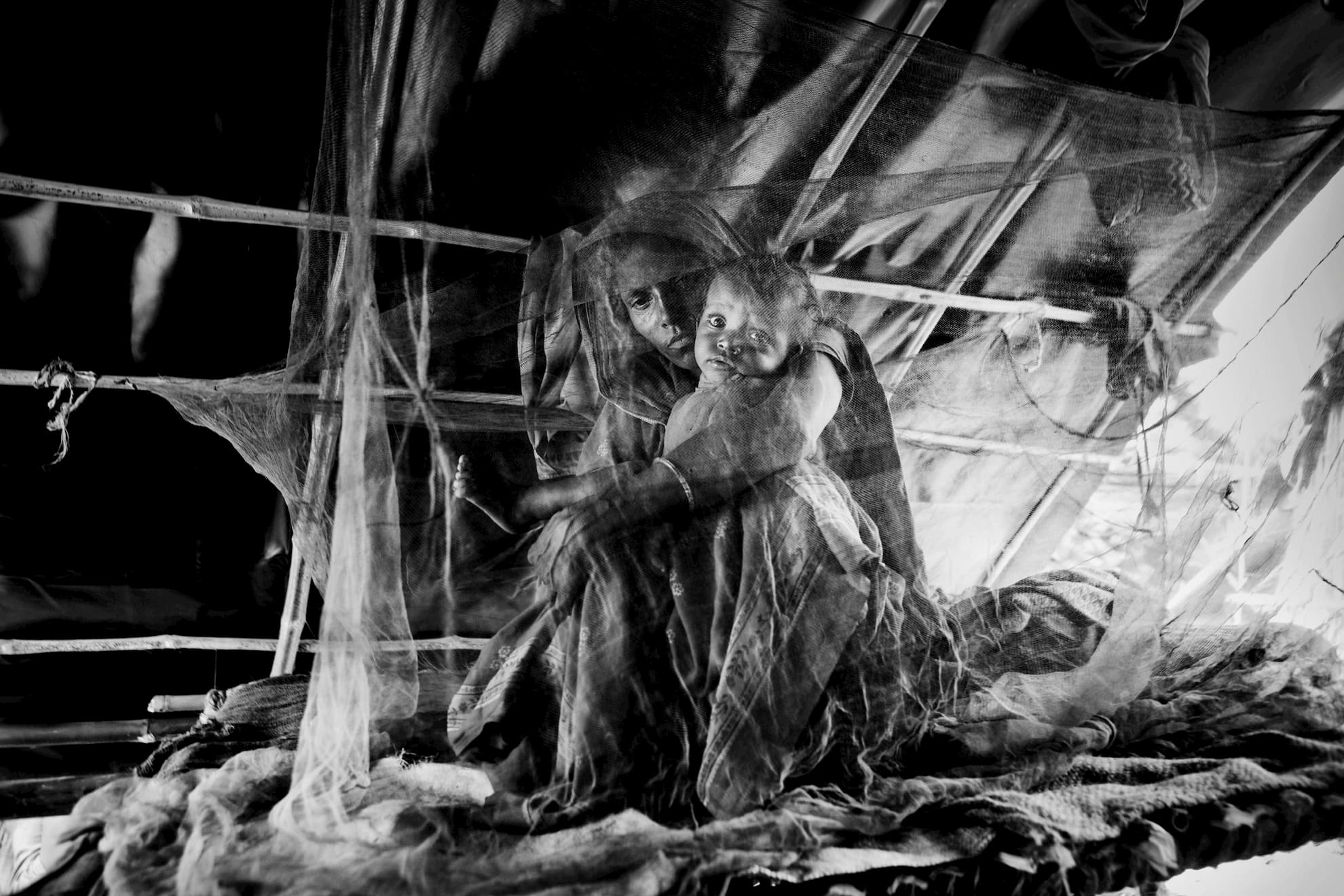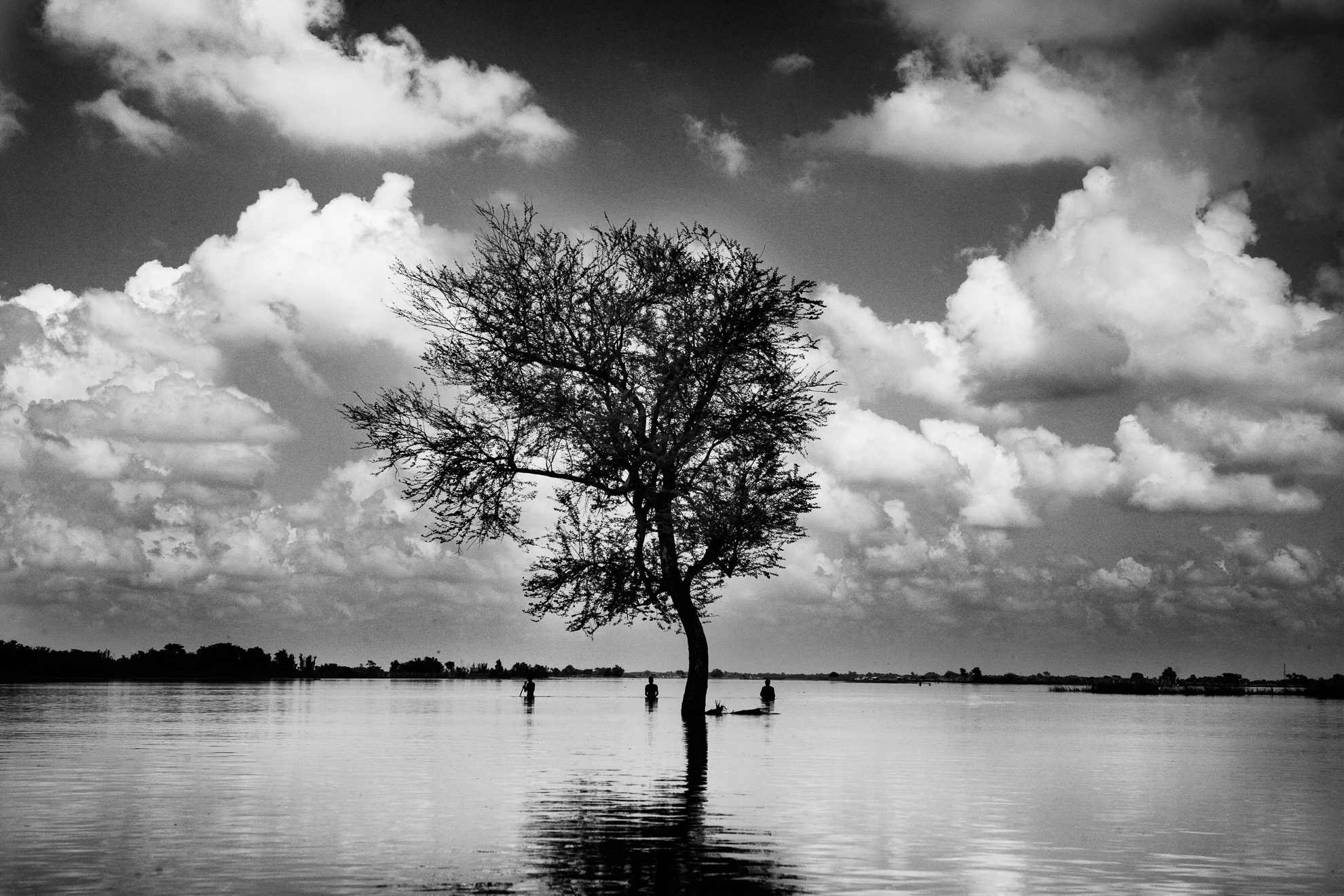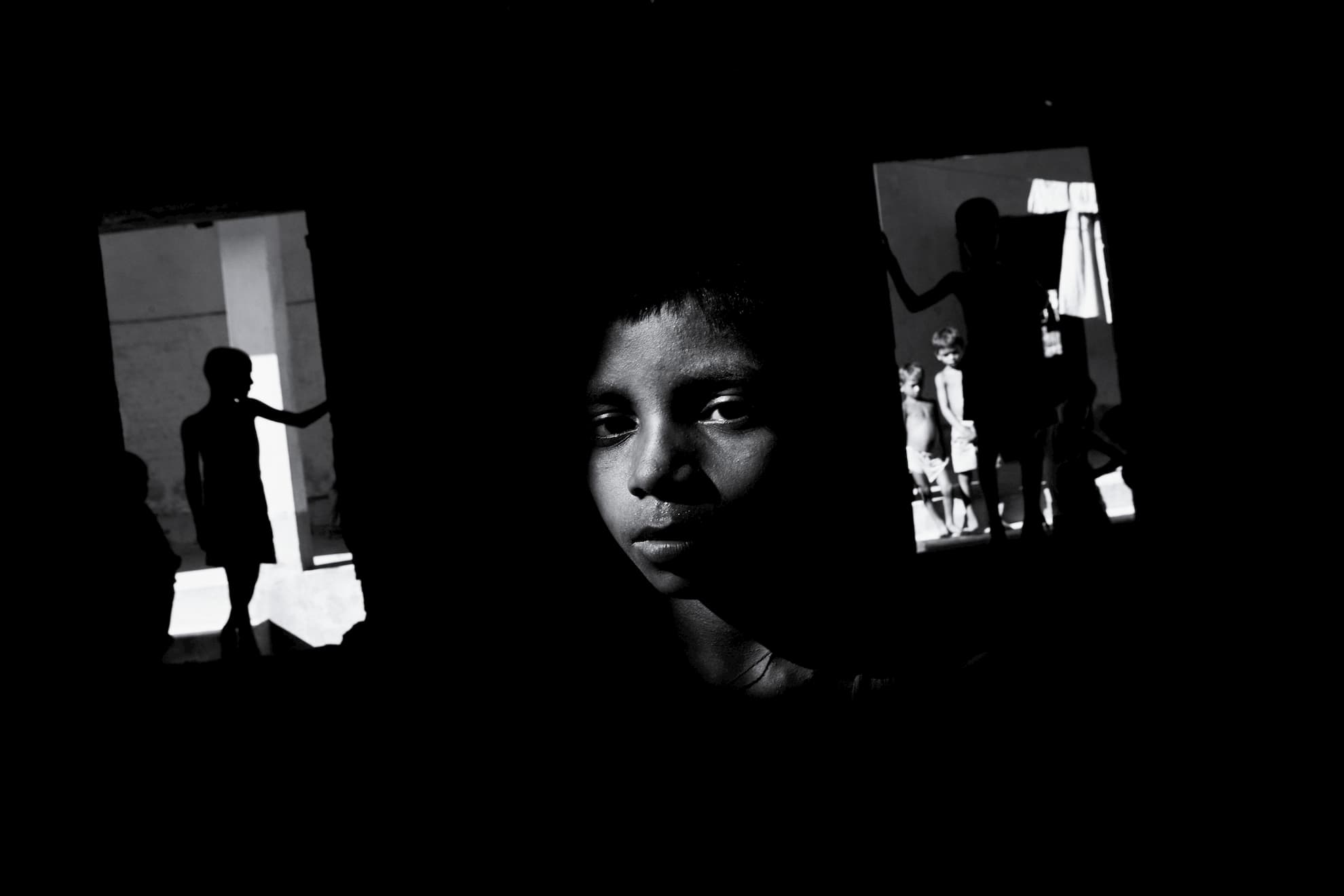Presentation
In late August, the Kosi River in India overflowed its banks in the State of Bihar after severe monsoon rains caused a dam to burst in neighboring Nepal, triggering what officials are calling the worst floods in 50 years.
The World Health Organization reports that an estimated 70,000 people in Nepal and more than three million in India have been affected. In the State of Bihar alone, an estimated 300,000 homes have been destroyed, 250,000 acres of farmland devastated, and more than 2.5 million people displaced. At least 90 people have been reported dead.
Villagers are eating uncooked rice and flour mixed with polluted water in order to survive. The lack of food and potable drinking water are immediate concerns for flood-stranded victims, in addition to the outbreak of life-threatening water-borne diseases. A major river has changed direction (not simply breached its banks) so water is moving swiftly and will likely not recede unless there is a major infrastructural intervention.
Biography
Giulio Di Sturco (b.1979, Italy) is an artist based between London and Paris. He studied at the European Institute of Design and Visual Arts in Rome and then moved to India where he spent five years refining his visual vocabulary, working throughout much of Asia and Africa.
His awards include three World Press Photo prizes, the Sony Photography Awards, the British Journal of Photography International Awards, the Lens Culture Exposure Award and two Getty Editorial Grants, among many other accolades and recognitions. His project Aerotropolis was shortlisted for the Aesthetica Art Prize and nominated for the Prix Pictet 2019.
Giulio is a regular contributor to a wealth of publications, including The New York Times, National Geographic, The Financial Times, Geo, Vanity Fair and Wired.
His work has been exhibited internationally and is held in private collections. In June 2019 he published his first monograph, Ganga Ma (GOST Books).
Giulio continues to push the boundaries of documentary photography by constantly refining his aesthetic through new and old mediums. Much of his personal work focuses on human adversity in climates of environmental and technological evolution.






